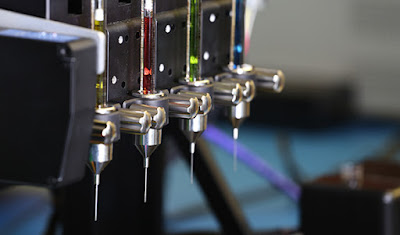3D printing or added substance assembling has made some amazing progress from its initial fast prototyping days. No, it isn't just a prototyping innovation however an innovation to make end-use parts.
With an ever increasing number of areas discovering progressive applications with this innovation, we are seeing a quick change in how things are made. Same is the situation with human services division which has understood the capability of 3D printing truly early. The area is seeing overwhelming ventures and a huge number of explores which rotate around bioprinting.
What is 3D Bioprinting?
3D Bioprinting is the part of 3D printing which prints three-dimensional tissues and organs from extraordinarily figured bioinks. The bioinks are produced using a blend of synthetic concoctions, immature microorganisms, or living cells. The real printing is done in a gel-like base produced using collagen, gelatin, hyaluronan, silk, alginate or nanocellulose.
The procedure of 3D bioprinting is genuinely like how an ordinary 3D printer works separated from a couple of unmistakable separations. The following are the means in bioprinting:
Imaging: The 3D bioprinting procedure begins with changing over the patient information from MRI and CT outputs to get a 3D model of the embed.
3D Modeling: The patient information is then sent to a good CAD programming where the item to be printed is displayed dependent on the imaging. In this progression, better acclimations to the model are made alongside characterizing the cutting and layer settings.
Bioink: This is the most significant advance of the whole 3D bioprinting procedure. Undifferentiated cells or cells from the patient are placed into a development medium to increase and these are utilized as a bioink produced using mix of the cells. This is the material, or all the more explicitly the bioink to be utilized for the bioprinting.
Read more

No comments:
Post a Comment
Note: Only a member of this blog may post a comment.